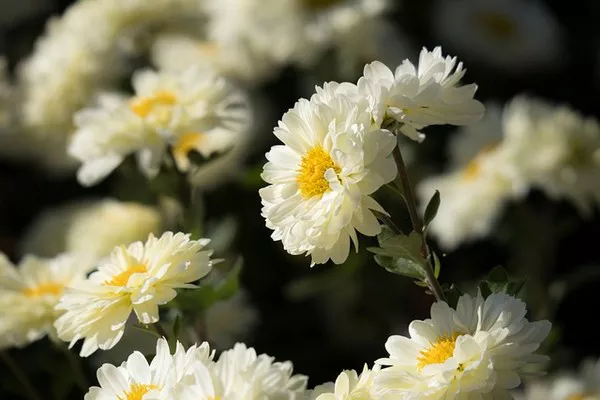Butterflies are not only captivating creatures with their vibrant colors and delicate wings, but they also play a crucial role in pollination, contributing to the health and biodiversity of our ecosystems. If you’re an avid gardener or simply want to enhance your outdoor space, attracting butterflies to your garden can be a rewarding and environmentally friendly endeavor. In this article, we’ll explore the world of plants that attract butterflies, helping you create a haven that not only beautifies your surroundings but also supports these important pollinators.
Nectar-Rich Flowers:
One of the primary reasons butterflies visit gardens is to feed on nectar. Choosing plants with abundant nectar is essential to entice these graceful insects. Here are some excellent choices:
a. Butterfly Bush (Buddleja davidii):
The butterfly bush, as the name suggests, is a magnet for butterflies. With its long spikes of fragrant flowers, it provides a rich source of nectar. Varieties like ‘Black Knight’ and ‘Sungold’ are particularly popular among both gardeners and butterflies.
b. Coneflowers (Echinacea):
Coneflowers, available in various colors such as purple, pink, and white, are not only visually appealing but also attract butterflies with their copious nectar. They are hardy perennials that bloom from summer through fall, extending the period of butterfly activity in your garden.
c. Lantana (Lantana camara):
Lantana is a sun-loving perennial with clusters of small, brightly colored flowers. Its sweet fragrance and continuous bloom make it a favorite among butterflies. Choose different varieties to add a spectrum of colors to your garden.
See Also: What Do Purple Flowers Mean?
Host Plants for Caterpillars:
While nectar-rich flowers attract adult butterflies, providing host plants for caterpillars is equally important. Female butterflies lay their eggs on specific plants that caterpillars feed on. Including these host plants ensures a complete life cycle for butterflies in your garden:
a. Milkweed (Asclepias):
Milkweed is the go-to plant for monarch butterflies. As the sole host plant for monarch caterpillars, planting different species of milkweed, such as common milkweed (Asclepias syriaca) or swamp milkweed (Asclepias incarnata), is essential to support these iconic butterflies.
b. Parsley (Petroselinum crispum):
Black swallowtail butterflies lay their eggs on plants from the carrot family, including parsley. By including parsley in your garden, you provide a suitable environment for black swallowtail caterpillars to thrive.
c. Fennel (Foeniculum vulgare):
Fennel is another popular host plant for black swallowtail butterflies. Its feathery foliage not only supports caterpillars but also adds an interesting texture to your garden.
Sun Exposure and Shelter:
Creating an ideal environment for butterflies involves more than just selecting the right plants. Ensuring proper sun exposure and providing shelter are crucial elements:
a. Sunny Locations:
Most butterfly-attracting plants thrive in sunny locations. Ensure that your garden receives at least six hours of direct sunlight each day. Proper sunlight not only enhances the growth of nectar-rich flowers but also provides warmth for butterflies to remain active.
b. Sheltered Spaces:
Butterflies are delicate creatures, and they appreciate sheltered spaces to escape harsh winds and extreme weather conditions. Planting taller plants or including structures like trellises can provide shelter while adding vertical interest to your garden.
Water Sources:
Butterflies, like all living creatures, need water. Providing a water source in your garden can attract butterflies and offer them a place to drink and cool off. Consider adding shallow dishes with wet sand or rocks, as butterflies are cautious about deep water.
Conclusion:
Attracting butterflies to your garden is a gratifying experience that not only enhances the aesthetic appeal of your outdoor space but also contributes to the well-being of these essential pollinators. By selecting nectar-rich flowers, including host plants for caterpillars, ensuring proper sun exposure, providing shelter, and incorporating water sources, you can create a haven that attracts a variety of butterfly species. In doing so, you play a vital role in promoting biodiversity and supporting the delicate balance of nature in your own backyard. Happy gardening!


